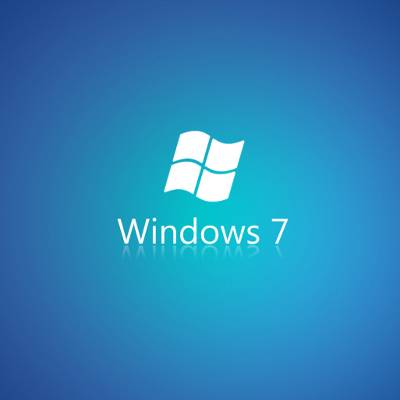 All operating systems change over time, and upgrades are eventually made available. But in light of Windows 10, Windows Threshold, or whatever their new OS’s final incarnation is going to be called, one has to wonder if Microsoft has ever considered free upgrades to the Windows operating system family tree.
All operating systems change over time, and upgrades are eventually made available. But in light of Windows 10, Windows Threshold, or whatever their new OS’s final incarnation is going to be called, one has to wonder if Microsoft has ever considered free upgrades to the Windows operating system family tree.
Macro Systems Blog
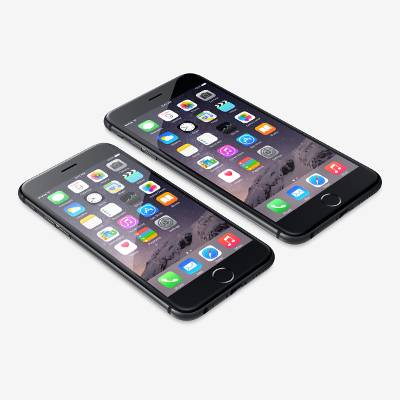 Apple is back with another iPhone! The Silicon Valley-based hardware and software manufacturer has released the new versions of their extremely popular iPhone series of devices. The two-headed approach that Apple took with their second incantation of the iPhone 5 (the 5s and 5c), is replicated this time out as well. After being surpassed by Samsung over the past two years, does the iPhone 6 and its larger version, the iPhone 6+, have what it takes to get Apple back on top?
Apple is back with another iPhone! The Silicon Valley-based hardware and software manufacturer has released the new versions of their extremely popular iPhone series of devices. The two-headed approach that Apple took with their second incantation of the iPhone 5 (the 5s and 5c), is replicated this time out as well. After being surpassed by Samsung over the past two years, does the iPhone 6 and its larger version, the iPhone 6+, have what it takes to get Apple back on top?
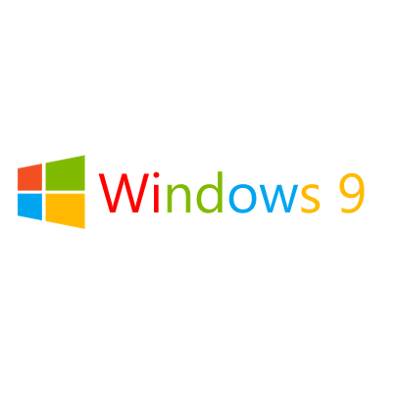 Well, now that we've got your attention, it's a good time to mention that leaked photos and a video of what may be Windows 9, currently called Threshold, have been leaked to the web. As the next entry in the Windows family of operating systems, it has been highly anticipated since the return of a Start menu was displayed in April 2014. Microsoft has a lot of ground to cover after Windows 8, but will Windows 9/Threshold deliver?
Well, now that we've got your attention, it's a good time to mention that leaked photos and a video of what may be Windows 9, currently called Threshold, have been leaked to the web. As the next entry in the Windows family of operating systems, it has been highly anticipated since the return of a Start menu was displayed in April 2014. Microsoft has a lot of ground to cover after Windows 8, but will Windows 9/Threshold deliver?
 Across the country kids are hopping on buses and heading back to school. Schools sure have changed and classes aren't quite the same as they used to be. Perhaps the most important thing about these changes has been the classes available for the kids. In fact, some schools have started teaching children how to code, and France is next on the list.
Across the country kids are hopping on buses and heading back to school. Schools sure have changed and classes aren't quite the same as they used to be. Perhaps the most important thing about these changes has been the classes available for the kids. In fact, some schools have started teaching children how to code, and France is next on the list.
 There have been a lot of complaints against the proposed Comcast-Time Warner Cable merger, and finally, another prominent service provider has spoken out against it. Dish Network has expressed their dismay over the cable juggernauts' union in a very long, in-depth petition aimed at convincing the Federal Communications Commission to shoot down the merger before it destroys cable provider competition.
There have been a lot of complaints against the proposed Comcast-Time Warner Cable merger, and finally, another prominent service provider has spoken out against it. Dish Network has expressed their dismay over the cable juggernauts' union in a very long, in-depth petition aimed at convincing the Federal Communications Commission to shoot down the merger before it destroys cable provider competition.
 You may have noticed last week that the Internet was having some trouble with its operating speeds, but now we know for sure why. The root of the problem lies in Tier 1's Internet routers' Border Gateway Protocol routing tables, which have exceeded their maximum size, and has brought about the failure of these routers to operate at maximum speed.
You may have noticed last week that the Internet was having some trouble with its operating speeds, but now we know for sure why. The root of the problem lies in Tier 1's Internet routers' Border Gateway Protocol routing tables, which have exceeded their maximum size, and has brought about the failure of these routers to operate at maximum speed.
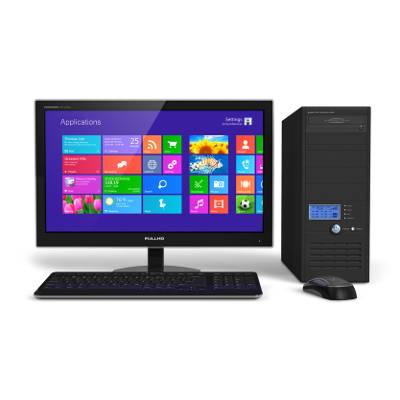 Over the past few years, we've seen a revolution in the computer market as mobile device sales skyrocketed and PC sales slumped. If this trend were to continue for just a few more years, PCs would have possibly become extinct. However, as is the case with any trend, it appears things in the computer world may be normalizing.
Over the past few years, we've seen a revolution in the computer market as mobile device sales skyrocketed and PC sales slumped. If this trend were to continue for just a few more years, PCs would have possibly become extinct. However, as is the case with any trend, it appears things in the computer world may be normalizing.
 Google's not just good for scouring the Internet for cat videos and funny memes. Google X, with a new project called Baseline, is now looking to study the makeup of the human body, which they are hoping will be able to prevent disease and foster a more healthy existence for individuals around the world.
Google's not just good for scouring the Internet for cat videos and funny memes. Google X, with a new project called Baseline, is now looking to study the makeup of the human body, which they are hoping will be able to prevent disease and foster a more healthy existence for individuals around the world.
 Every new technology comes with optimism that it will better the future. Take for example gunpowder. Invented in the Ninth Century, Chinese alchemists created it while searching for an elixir of immortality. Twenty years ago, the early adopters of the Internet had the same optimism about how this new tech would make the world a nicer place.
Every new technology comes with optimism that it will better the future. Take for example gunpowder. Invented in the Ninth Century, Chinese alchemists created it while searching for an elixir of immortality. Twenty years ago, the early adopters of the Internet had the same optimism about how this new tech would make the world a nicer place.
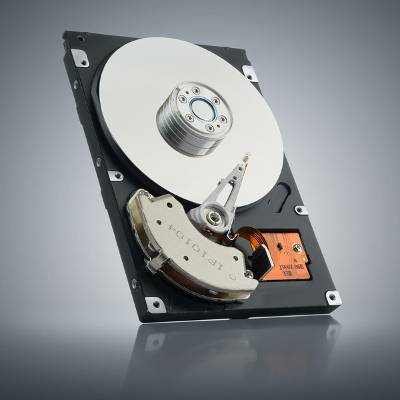 You've heard about how bad a computer crash can be. You may have even experienced a crash yourself, but are you familiar with the technical reason behind a crash? A crash happens when the tiny pieces of a hard disk drive stop working by crashing into each other at very high speeds. When this happens, the data on your computer is lost.
You've heard about how bad a computer crash can be. You may have even experienced a crash yourself, but are you familiar with the technical reason behind a crash? A crash happens when the tiny pieces of a hard disk drive stop working by crashing into each other at very high speeds. When this happens, the data on your computer is lost.
 3D Printing is something that has been talked about for years, but has finally become a reality. No longer do we have to deal with flat, lifeless images printed out of ink-wasting printers and machines - but, do we know what kind of impact this new innovation will have on several industries around the world?
3D Printing is something that has been talked about for years, but has finally become a reality. No longer do we have to deal with flat, lifeless images printed out of ink-wasting printers and machines - but, do we know what kind of impact this new innovation will have on several industries around the world?
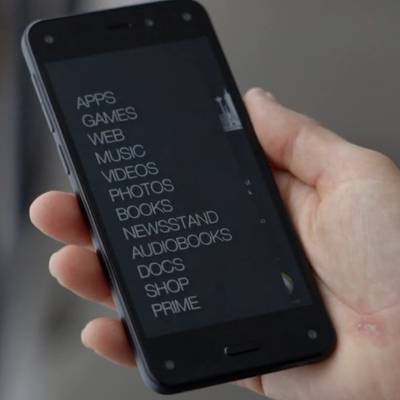 Mobile computing is literally everywhere; and, yes, that's the point of the technology. The mobile computing boom has presented major retailers with the opportunity to begin offering smartphones and tablets. The world's largest online retailer, Amazon, is the next company to launch a mobile device platform, by offering their new "Fire" smartphone, CEO Jeff Bezos announced on June 18th.
Mobile computing is literally everywhere; and, yes, that's the point of the technology. The mobile computing boom has presented major retailers with the opportunity to begin offering smartphones and tablets. The world's largest online retailer, Amazon, is the next company to launch a mobile device platform, by offering their new "Fire" smartphone, CEO Jeff Bezos announced on June 18th.
 We’re all aware of how the proliferation of mobile devices is changing the workplace, but let’s take an objective look at this trend. Are mobile devices changing the workplace for the better? Are employees actually using their personal devices to get more work done? Or, is the BYOD trend a bunch of hype and nothing’s really changed? Let’s find out.
We’re all aware of how the proliferation of mobile devices is changing the workplace, but let’s take an objective look at this trend. Are mobile devices changing the workplace for the better? Are employees actually using their personal devices to get more work done? Or, is the BYOD trend a bunch of hype and nothing’s really changed? Let’s find out.
 When it comes to business communications technology, you don’t want to be caught using technology that’s outdated. Thanks to the innovations afforded to your company by Voice over Internet Protocol (VoIP), you can have access to lots of game-changing telephone features that blow traditional phone systems out of the water. Has your business switched to the VoIP advantage?
When it comes to business communications technology, you don’t want to be caught using technology that’s outdated. Thanks to the innovations afforded to your company by Voice over Internet Protocol (VoIP), you can have access to lots of game-changing telephone features that blow traditional phone systems out of the water. Has your business switched to the VoIP advantage?
 During the broadcast of Super Bowl XLIX, Coca-Cola premiered a bold new commercial meant to inspire viewers, make the world (wide web) a happier place, and of course, sell Coca-Cola. To be sure, it was a monumental marketing effort, but for those of us in IT, we find it cringeworthy and must object to the commercial’s content.
During the broadcast of Super Bowl XLIX, Coca-Cola premiered a bold new commercial meant to inspire viewers, make the world (wide web) a happier place, and of course, sell Coca-Cola. To be sure, it was a monumental marketing effort, but for those of us in IT, we find it cringeworthy and must object to the commercial’s content.
 You can’t have IT without information, you can’t have information without data, and technology is what creates data so that you can better use your company’s technology to increase sales. Got it? Understanding the flow of data can be confusing. It’s important to have a handle on it so you can leverage your data for the success of your business.
You can’t have IT without information, you can’t have information without data, and technology is what creates data so that you can better use your company’s technology to increase sales. Got it? Understanding the flow of data can be confusing. It’s important to have a handle on it so you can leverage your data for the success of your business.
 With the failure of Google Glass, some people are questioning the effectiveness of wearable technology. However, a new form of smart technology might turn things around for it. At the Kaspersky Labs Security Analyst Summit, it was proposed that embedding technology in the human body might be one of the more viable ways to take advantage of smart technology.
With the failure of Google Glass, some people are questioning the effectiveness of wearable technology. However, a new form of smart technology might turn things around for it. At the Kaspersky Labs Security Analyst Summit, it was proposed that embedding technology in the human body might be one of the more viable ways to take advantage of smart technology.
 Communications solutions are vital to the functionality of your business. Amongst several other necessities, your telephony solution stands head and shoulders above the rest as one of the most important. Are you still using a legacy phone system? If so, you should consider switching to a VoIP system.
Communications solutions are vital to the functionality of your business. Amongst several other necessities, your telephony solution stands head and shoulders above the rest as one of the most important. Are you still using a legacy phone system? If so, you should consider switching to a VoIP system.

